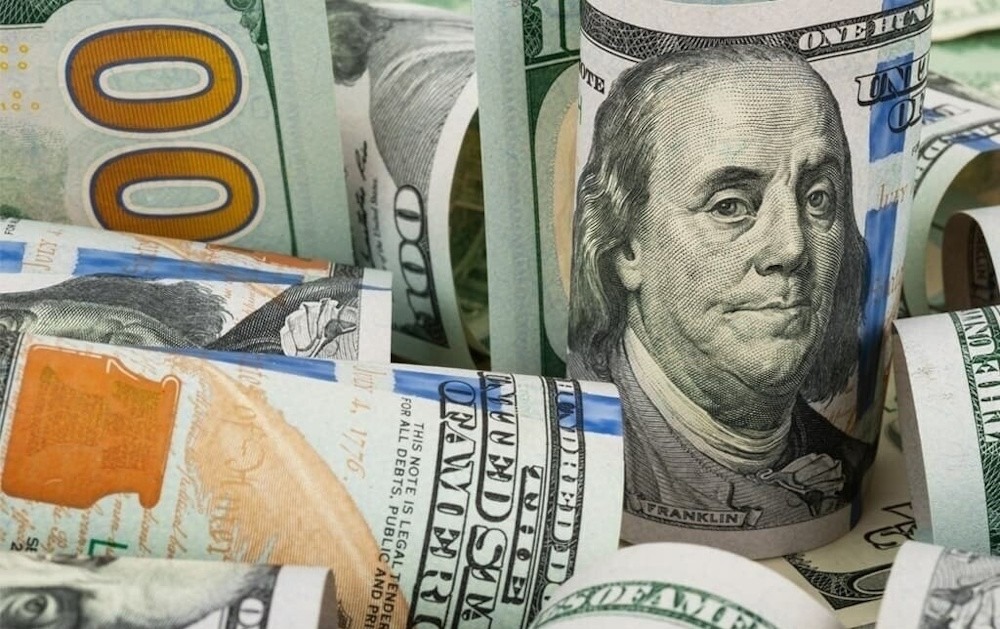
The U.S. dollar halted its six-day ascent against the yen and continued its three-day decline versus the euro on Monday, as investors reacted positively to a potential U.S.-China trade agreement and prepared for a week filled with central bank meetings. The U.S. Federal Reserve concludes its two-day policy meeting on Wednesday, with rate decisions from the European Central Bank and the Bank of Japan expected on Thursday. U.S. President Donald Trump stated on Monday that the U.S. and China were poised to “come away with” a trade deal. He is anticipated to engage with Chinese President Xi Jinping later this week in South Korea. The Chinese offshore yuan appreciated to a level not seen in over a month, reaching 7.1028 against the dollar, reflecting a daily increase of 0.28%. Before the market opened, the People’s Bank of China established the official yuan midpoint rate at 7.0881 per dollar, marking the strongest level since October 15, 2024, and surpassing a Reuters estimate of 7.1146.
“People’s Bank of China continued to fix dollar/yuan lower,” stated Chris Turner raising the question of whether this action is merely a gesture of goodwill in anticipation of Thursday’s Trump-Xi meeting, or an indication that China aims to enhance its domestic demand. “In either scenario, a stronger renminbi typically provides support for global emerging market currencies and tends to be mildly negative for the dollar,” he added. China stocks reached their peak, closing at the highest level in over a decade on Monday. “Monday mania returns with global equity markets higher, bonds down, and gold and the dollar lower,” stated Bob Savage while discussing a potential U.S.-China deal. The Australian dollar appreciated by 0.65% against the US dollar, reaching $0.6557, as indications of advancement in trade negotiations enhanced the appeal for higher-yielding assets.
The dollar concluded a six-session upward trend against the yen, which has faced pressure following the appointment of new Prime Minister Sanae Takaichi, perceived as a fiscal and monetary dove. Rising oil prices exerted additional pressure on the currency and other oil-importing counterparts. The greenback experienced a decline of 0.20%, settling at 152.59, following a peak of 153.26, its highest level since October 10, during Asian trading hours. Multiple analysts anticipate that the Japanese fiscal premium, arising from worries regarding Japan’s government spending outlook, will stay high and restrict the potential for yen appreciation. In the interim, as the ECB is anticipated to maintain its policy stance and messaging this week, market focus will pivot to Thursday’s BoJ meeting, where any hawkish indications could bolster the yen. The BoJ is expected to discuss this week the appropriateness of resuming rate hikes, as concerns regarding a tariff-induced recession diminish. However, political complexities may lead to a decision to maintain the current rates for the time being.
Given that a 25-basis-point Fed rate cut is already factored into the market, participants will be vigilant for indications that the central bank might be gearing up to conclude its quantitative tightening programme. Strategists indicated that the most impactful market outcome would be “an immediate end of QT along with a signal for imminent outright bill purchases to shore up bank reserves.” They observed that comparable transitions in the past have generally elevated risk assets, which are currently demonstrating a more robust positive correlation with the dollar. The dollar index, which gauges the performance of the greenback against several major currencies, declined by 0.18% to 98.77. “There is deep awareness and desire to avoid a repeat of repo market strains witnessed in 2019,” stated Erik Weisman. “As a result, the Fed might indicate that it will offer definitive direction on concluding QT in December, with the possibility of an unexpected announcement to terminate QT even earlier,” he noted.
